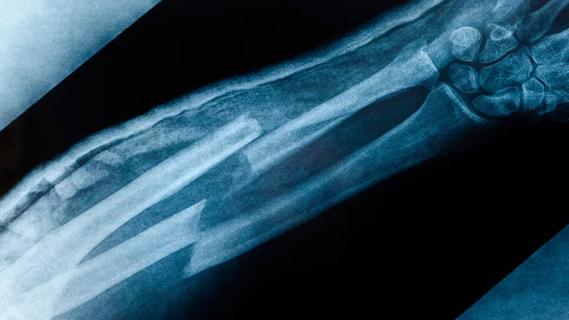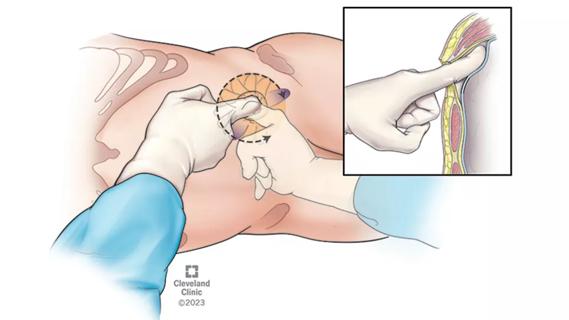Peyronie's Disease Treatment: How Collagenase Injections are Evolving for Better Results
Peyronie's disease, affecting approximately 1 in 10 men, presents with varied symptoms including penile curvature, shortening, girth loss, and sometimes erectile dysfunction. While many cases go undiagnosed, effective treatments are available. This article dives into the advancements in collagenase clostridium histolyticum (CCH) injections for Peyronie’s disease, offering valuable insights for those seeking the latest treatment options.
Understanding Current Peyronie's Disease Treatments
Current treatment options include:
- Penile Traction Therapy: Mechanically stretches the penis to reduce curvature.
- Collagenase Clostridium Histolyticum (CCH) Injections: Involves injecting an enzyme to break down plaque.
- Surgery: Including plication, plaque procedures, and penile implants.
- Oral Medications: Tadalafil might prevent worsening, but does not address curvature or loss of length/girth.
Challenges with the Original CCH Injection Protocol
The initial CCH protocol involved multiple visits with injections, penile modeling, and at-home stretches. However, early trials showed limited success.
- Minimal Curvature Improvement: Only a six-degree difference compared to the placebo.
- High Non-Response Rate: 40% of patients experienced almost no improvement.
- Surgery as Gold Standard: Historically, surgery was favored for severe curvatures.
Enhancing CCH Efficacy: The Latest Advancements
To improve outcomes, specialists have integrated several key enhancements to the CCH injection protocol. These changes aim to maximize the effectiveness of the treatment and offer better results for patients.
1. Combining CCH with Penile Traction Therapy
Adding penile traction therapy to CCH injections has shown a significant 50% improvement in outcomes. This combination approach maximizes the benefits of both treatments for enhanced results.
2. Reassessing Injection Location
Using alprostadil to induce an erection helps identify the point of maximum curvature. Injecting at this precise location during each cycle optimizes the treatment's impact, leading to more effective plaque breakdown.
3. Increasing Injection Volume
Using a slightly higher volume of fluid during the injections appears to enhance the treatment's effectiveness. This adjustment ensures better distribution of the collagenase, promoting more thorough plaque disruption.
4. Concurrent Use of Tadalafil
Administering tadalafil concurrently with CCH injections may improve results. Tadalafil's vasodilatory effects might enhance blood flow and improve the drug's efficacy.
5. Shortening Time Between Visits
Shortening the interval between injection visits to less than 24 hours, whenever possible, can maximize treatment efficacy. More frequent injections within this timeframe may accelerate plaque breakdown and improve overall outcomes.
6. More Vigorous Stretching
Embracing the treatment approaches used for Dupuytren’s contracture, recent research indicates that more aggressive stretching, combined with the above techniques, can yield up to 60% improvement or even greater.
The "Cracking" Phenomenon: A Breakthrough Observation
Initially, penile fracture was a feared complication. However, clinicians observed that patients experiencing a suspected fracture after CCH often had better curvature improvement. This led to a shift towards conservative management, revealing that:
- Surgery is Often Unnecessary: Patients healed well without surgical intervention.
- Improved Erections: Resulted in straighter erections with normal hardness.
- Plaque Disruption is Key: CCH weakens the scar tissue, and "cracking" the plaque leads to more significant improvements.
Factors to Consider Before Choosing CCH Injections
While modified CCH protocols show promise, it's essential to determine if CCH is the right fit. Dr. Bajic advises a detailed discussion with patients to understand their goals and expectations.
CCH is a good fit if a patient:
- Wants to improve curvature: And is willing to accept partial improvement.
CCH may not be suitable if the patient:
- Is bothered by length/girth loss or ED: CCH only addresses curvature.
- Has curvatures outside 30-90 degrees: and is the only FDA-approved range.
- Has an hourglass shape or indentation: These cases are less likely to respond well.
- Has significant calcification: CCH breaks down collagen, not calcium. An ultrasound can rule this out.
The Future of CCH Therapy
While these refined protocols are still relatively new, high-volume centers are adopting these changes and observing better results. Continuous data collection and long-term follow-up will further validate these advancements. For patients desiring complete correction, surgery remains the gold standard. However, these advancements in CCH injections offer a less invasive option with promising outcomes for many men with Peyronie's disease.






